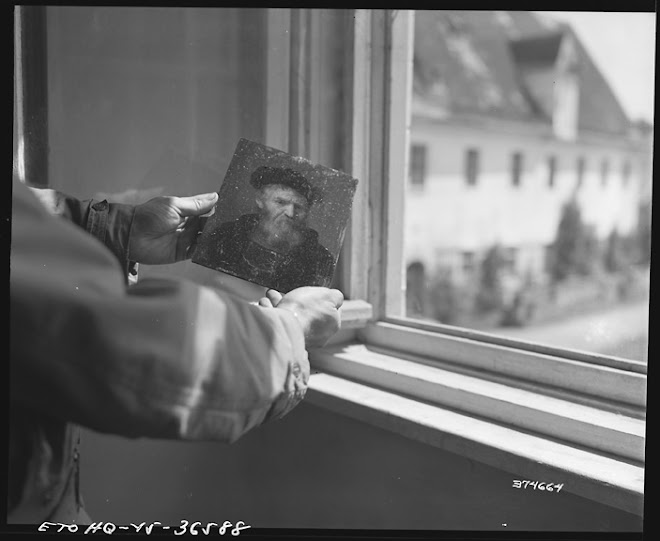Yesterday, The New York Times City Room described the quiet theft of two small paintings in New York City. On the Upper West Side, a brownstone houses the Nicholas Roerich Museum. Its rooms are filled solely with the work of the obscure Russian artist Roerich, including his images of India, Tibet and Mongolia, where he traveled. In broad daylight, during the museum's brief visiting hours, someone removed a small painting from a wall, and walked out of the museum with it. A day or so later, the thief returned and walked out with another.
Together, the paintings are worth about $30,000. A motive for the theft remains unclear. But according to Daniel Entin, the museum's director, sale of the stolen art on the open market is unlikely. City Room quotes him as saying, “It’s hard for paintings to show up on the market because they’re registered and illustrated everywhere. I was told that nobody who wants to collect art buys it without checking first.”
The truth of such a statement is due in no small part to the issue of Nazi looted art. The art market has traditionally been one of the most secretive in the world, with dealers and auction houses guarding fiercely the identity of both buyers and sellers. But in 1998, the Washington Principles were endorsed by 44 countries. The Principles urge art institutions to fully investigate the provenances of any artworks in their possession, in addition to any artwork they might acquire. Today, museums all over, as well as major auction houses like Sotheby's and Christie's, now conduct serious provenance research into their art objects. The Washington Principles have contributed to a more transparent art market than has ever existed before.
The Terezin Declaration, just endorsed by 46 countries this past June, further emphasizes the importance of identifying an artwork's past. It stresses "the importance for all stakeholders to continue and support intensified systematic provenance research... and where relevant to make the results of this research, including ongoing updates, available via the internet."
Today, databases can be found that report not just Nazi looted art, but all stolen art. These databases, including Interpol and the Art Loss Register, are critical not only for victims, but for potential buyers, so that they can better ensure they are not purchasing stolen property. The problem remains, however, that there are those who are willing to buy art regardless of its past. And so, paintings will continue to disapear from gallery walls, whether from small museums on the Upper West Side or major institutions like the Van Gogh Museum. Which is why it is essential to recognize the significance of the lootings during World War II. Acknowledging the Nazis' art thefts contirubutes to change, not just for the consequences of the past, but for the future as well.
Friday, August 7, 2009
Subscribe to:
Post Comments (Atom)




No comments:
Post a Comment